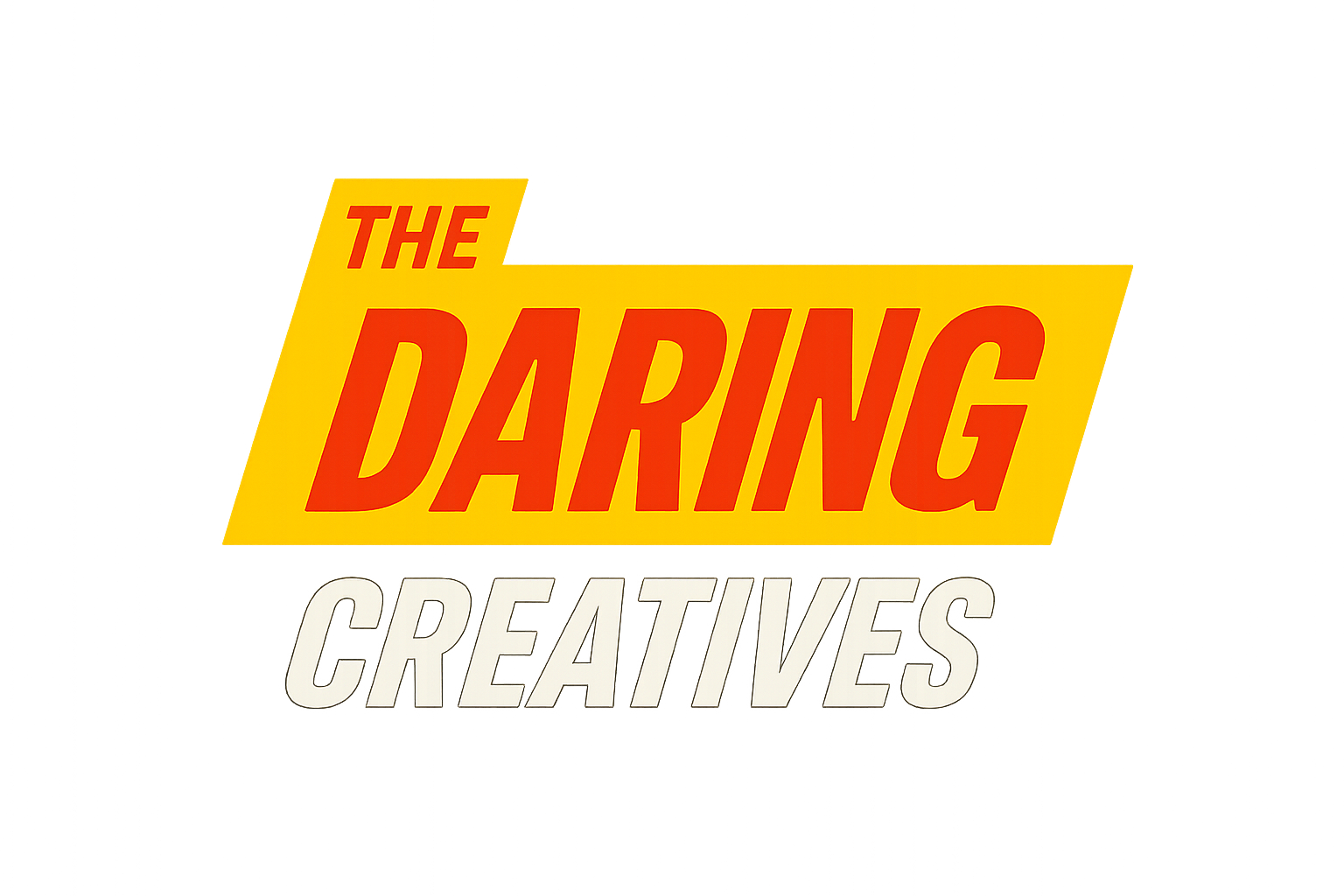AI can be an incredible creative partner, but if you just type a few words into ChatGPT or Gemini, you’ll often get back something that sounds… generic. Safe. A little too polished. And if you care about your voice — the way you tell stories, the way your words make people feel — you can’t settle for that. You need a way to make the AI sound like you.
This guide gives you a simple roadmap for teaching AI your style so it delivers writing that feels like it came from your brain — without requiring a computer science degree.
Why Your Voice Matters
Your voice is your fingerprint. It’s the rhythm of your sentences, the words you choose, the jokes you slip in, even the level of formality you lean toward. It’s what makes someone say, “This sounds like you.”
AI tools start with a default style — formal, neat, a little bit academic. That’s great for research papers, but it can make your writing feel lifeless. Guiding or training AI to match your style strips away those “AI-isms” and gives you drafts that need way less editing.
Two Paths to Get There
You’ve got two main ways to teach an AI your voice: Projects (contextual training) or prompting with examples.
Option 1: Teaching Through Projects (Your AI Workspace)
You don’t have to install anything or host your own model. ChatGPT’s Projects feature (and similar tools elsewhere) let you upload your writing and build a little creative studio that always remembers your style.
Example workflow:
- Create a project called “My Writing Voice.”
- Upload your best samples — blog posts, captions, newsletters, even emails that sound like you.
- Add context about who you are, who you write for, and what inspires you.
- Start a conversation inside that project. Now, every time you open it, the AI has your style and context right there.
Option 2: Prompting with Context (Quick & Flexible)
Not ready to set up a project? You can still get great results with smart prompting:
- Describe your style. “Make this casual, like a coffee chat.”
- Give examples. Paste one or two of your best paragraphs.
- Coach it. “Try again, but make it sound more playful.”
This is fast and interactive — perfect for one-off pieces or experimenting with new ideas.
Teaching AI Your World, Not Just Your Words
Your writing voice isn’t floating in a vacuum — it’s shaped by your life, your tastes, and your audience. AI does its best work when it knows those things.
Good context includes:
- Your perspective: The big ideas you care about.
- Your inspirations: The books, creators, and artists who shape how you think.
- Your audience: Who you’re writing for — clients, peers, beginners.
- Your mood: Bold? Playful? Reflective? Tell the AI so it matches your energy.
Make It a Conversation
Don’t treat AI like a vending machine. Share what sparked your idea, why it matters, and what tone you want. Point out when something feels off.
The back-and-forth is where the magic happens — the AI sharpens its output every time you respond.
My Personal Tips
- Save a style prompt. Drop it into ChatGPT whenever you start fresh.
- Show before-and-after edits. This teaches the AI fast.
- Mix it up. Add new samples so it doesn’t overuse your favorite phrases.
- Keep it fresh. Your voice evolves — keep your AI up to date.
The Real Payoff
When you get AI tuned to your voice, it stops feeling like a tool and starts feeling like a creative collaborator. You save time, get unstuck faster, and spend more energy on your best ideas.
Ready to Build Your AI Voice?
I help creatives set up their first ChatGPT Project, upload their writing samples, and teach the AI to sound just like them — so they can create faster and more confidently.

